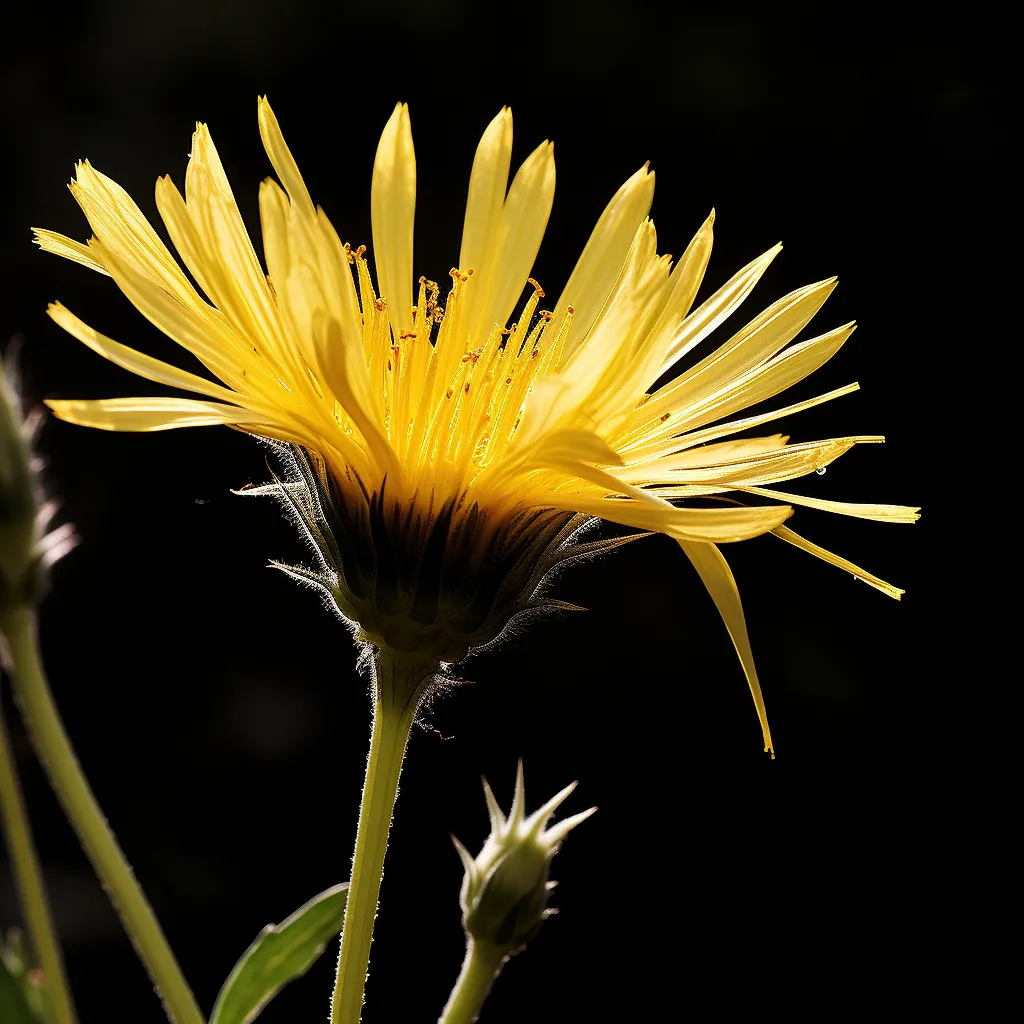Story of Day :
Contents
The Pink Dandelion: Crepis incana Plant Care Tips
Have you ever come across a vibrant pink flower that resembles a dandelion? If so, you may have encountered the magical and beautiful Crepis incana, also known as the pink dandelion.
This unique plant species is not only visually stunning but also easy to care for.
In this article, we will share some valuable tips on how to properly care for your Crepis incana and make it thrive in your garden.
Understanding the Pink Dandelion
Crepis incana is a perennial herbaceous plant that belongs to the Asteraceae family.
Originating from Europe, this delightful flower has gained popularity in gardens all around the world due to its striking appearance.
The pink dandelion boasts vibrant pink petals and long green leaves similar to its yellow counterpart.
Planting Your Pink Dandelions

To start growing your own pink dandelions, consider these planting tips:
- Sunlight: Crepis incana thrives in well-lit areas with direct sunlight exposure for at least six hours each day.
Find a spot in your garden that receives plenty of sunshine.
- Soil: These plants prefer well-draining soil with a slightly acidic pH level ranging from 6.0 to 6.5.
- Fertilizer: Before planting your Crepis incana seeds or seedlings, enrich the soil with organic matter such as compost or well-rotted manure.
- Sowing Seeds: For optimal results, sow seeds directly into the ground during spring when frost is no longer a concern.
Space them at least 12 inches apart to allow sufficient room for growth.
Watering and Maintenance
Proper watering is essential for the health and longevity of your pink dandelions.
Here are some guidelines to follow:
- Regular Watering: Ensure that you provide your Crepis incana with consistent moisture, especially during hotter months.
Water deeply but avoid overwatering, as it may lead to root rot.
- Mulching: Apply a layer of organic mulch around the base of the plant to help retain moisture in the soil and suppress weed growth.
- Weeding: Regularly check for any weeds that may compete with your pink dandelions for nutrients.
Remove them promptly by hand pulling or using appropriate gardening tools.
- Pest Control: While Crepis incana is generally resistant to pests, occasional aphids or slugs may cause minor damage.
Use organic pest control methods if necessary.
Tips for Encouraging Blooming

If you want your pink dandelions to bloom abundantly, consider these tips:
- Deadheading Flowers: Once a flower has wilted, remove it by cutting back the stem just above a healthy leaf node.
This practice encourages more blooming throughout the season.
- Promoting Air Circulation: To prevent disease or fungal issues, provide proper spacing between plants and ensure good air circulation within your garden bed.
Beyond Your Garden: Pink Dandelion Uses
The versatility of Crepis incana extends beyond its beauty in your garden.
Here are some interesting uses of the pink dandelion:
- Culinary Delights: The young leaves of Crepis incana are edible and often used in salads or cooked as a vegetable.
- Medicinal Properties: Pink dandelions have long been used in traditional medicine for their potential diuretic and detoxifying properties.
However, further research is necessary to fully understand its health benefits.
The Wrap-Up

Crepis incana, the pink dandelion, is an enchanting addition to any garden.
By following these care tips, you can ensure that your pink dandelions thrive and bring joy with their beautiful blooms.
Remember to provide ample sunlight, well-draining soil, and consistent moisture for optimal growth.
Don’t forget to deadhead flowers regularly to encourage continuous blooming throughout the season.
Enjoy not only the mesmerizing beauty of this unique plant but also its culinary and medicinal possibilities!